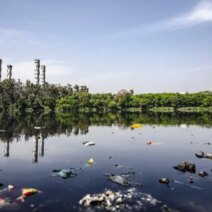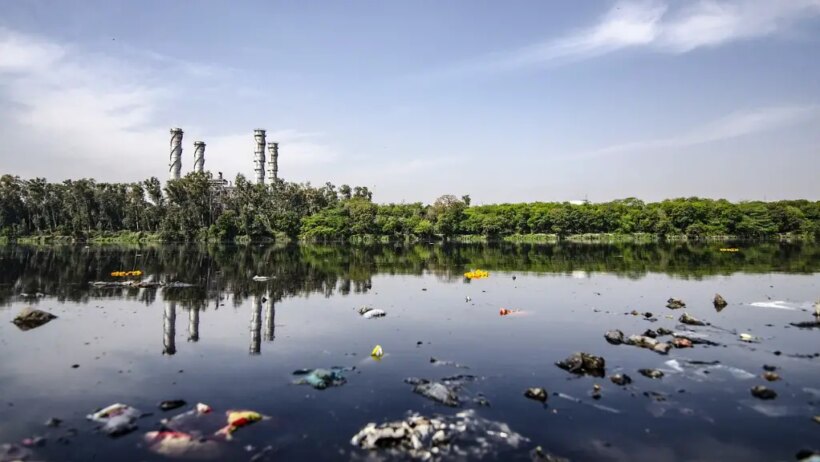To fathom the role of tundras in mitigating global warming is akin to discovering an enigmatic conundrum within nature’s tapestry. These frost-laden realms, often overlooked and underappreciated, serve as crucial allies in the battle against climate change. Situated primarily in the Arctic and Antarctic regions, tundras are more than just barren landscapes; they are vibrant ecosystems teeming with life and functioning as carbon sinks, playing an indispensable role in regulating our planet’s temperature.
Tundras operate like nature’s great freezer, sequestering carbon dioxide from the atmosphere. When plants and organic matter decompose, they emit carbon. However, in tundra ecosystems, this decomposition is severely inhibited due to low temperatures and short growing seasons. Consequently, while bacteria and other decomposers slow down, a wealth of carbon remains trapped within the soil, much like treasures concealed in an ancient vault. It is estimated that the Arctic tundra stores approximately 1,500 gigatons of carbon, a staggering amount that starkly highlights its importance in climate regulation.
The flora of the tundra is uniquely adapted to survive in this frigid environment. Low-growing vegetation, such as mosses, lichens, and small shrubs, carpets the ground, creating a delicate balance. These hardy plants possess remarkable survival strategies: they grow in a compact manner, allowing them to conserve heat and moisture. Moreover, their roots penetrate deep into the permafrost, effectively anchoring themselves while simultaneously enhancing soil stability. When these plants photosynthesize, they provide an organic mechanism to absorb CO2 from the atmosphere, further reinforcing their role in curbing greenhouse gas concentrations.
However, the story of tundras is not solely one of resilience; it teeters perilously on the precipice of change. The accelerated pace of global warming is causing the permafrost—this icy repository of carbon—to thaw. As this occurs, the long-sequestered carbon is released back into the atmosphere, transforming these once-stable ecosystems into contributors to atmospheric warming. This feedback loop poses an existential threat not only to the tundras themselves but to global climate stability.
The interconnectivity of tundra ecosystems is akin to an intricate web, where each strand affects the whole. Herbivores such as caribou and arctic hares rely on tundra vegetation for sustenance. The presence of these animals promotes biodiversity, which in turn enriches the ecosystem and its capability to sequester carbon. This dynamic interrelationship exemplifies how the health of tundra ecosystems is fundamentally linked to their ability to combat climate change. Conversely, as temperatures rise, the habitat for these species diminishes, illustrating the duality of their role as both participants and victims of a warming planet.
In terms of biodiversity, tundras spring a surprise on observers, who might expect a barren wasteland. The harsh, cold conditions give rise to a unique assemblage of species, including migratory birds and specialized mammals adapted to extreme environments. These creatures not only form an ecological choir, each contributing their voice to the symphony of survival but they also play a pivotal role in regulating tundra health. For instance, migratory birds pollinate tundra flora, aiding in plant reproduction, while carnivores manage herbivore populations. Each interaction is crucial, highlighting the vulnerable balance of tundra ecosystems.
Moreover, the role of tundras extends beyond biological functions. These ecosystems are integral to Indigenous cultures that have thrived for millennia in these regions. The traditional knowledge and practices of Indigenous peoples offer vital insights into sustainable living and conservation, further underscoring the need to protect these fragile environments. They embody a harmonious relationship with nature, one that we must rekindle in our own approaches to sustainability. Ignoring the cries of these ecosystems leads to cultural loss and disrupts traditional ways of life, compounding the effects of climate change.
As stewards of the Earth, the mobilization for tundra conservation is crucial. Protecting tundras requires a multifaceted approach, including enforcing stricter regulations on fossil fuel extraction, as these practices accelerate climate change and disrupt delicate ecosystems. Restoration projects can rejuvenate degraded tundra regions, fostering resilience and enhancing their carbon-storage capacities. Public awareness campaigns focusing on the significance of tundras could galvanize support for these initiatives. The preservation of these ecosystems is not merely an environmental endeavor; it is a moral imperative that encompasses social justice and intergenerational equity.
In conclusion, tundras constitute a paradox: frigid expanses with a warm and vital impact on global climate regulation. As silent guardians of carbon and biodiversity, they possess a unique appeal and critical importance in combating climate change. However, the impending threats posed by a warming climate necessitate urgent attention. Each action we take to preserve these ecosystems reverberates far beyond their icy boundaries. The fate of the tundra may very well encapsulate the fate of our planet; hence, understanding and protecting these cold regions with far-reaching impacts must become a priority. Without a concerted effort to safeguard these remarkable environments, the delicate balance of life and climate hangs perilously in the balance.






